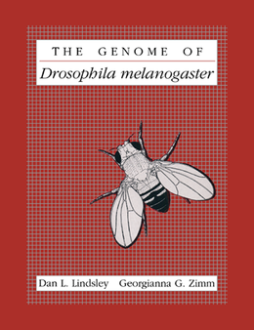
Additional Information
Book Details
Abstract
Dedicated to the memory of George Lefevre in recognition of his exhaustive cytogenetic analysis of the X chromosome, The Genome of Drosophila melanogaster is the complete compendium of what is known about the genes and chromosomes of this widely used model organism. The volume is an up-to-date revision of Lindsley and Grell's 1968 work, Genetic Variations of Drosophila melanogaster. The new edition contains complete descriptions of normal and mutant genes including phenotypic, cytological, molecular, and bibliographic information. In addition, it describes thousands of recorded chromosome rearrangements used in research on Drosophila. This handbook and its accompanying polytene chromosome maps, are sturdily bound into the book as foldouts and available as a separate set, are essential research tools for the Drosophila community.
- Describes phenotype, cytology, and molecular biology of all recorded genes of Drosophila melanogaster, plus references to the literature
- Describes normal chromosome complement, special chromosome constructs, transposable elements, departures from diploidy, satellite sequences, and nonchromosomal inheritance
- Describes all recorded chromosome rearrangements of Drosophila melanogaster as of the end of 1989 Contains the cytogenetic map of all genes as of mid-1991
- Contains the original polytene maps of C.B. Bridges, plus G. Lefevre's photographic equivalents, and the detailed maps of the chromosome arms produced by C.B. and P.M. Bridges
- All maps are reprinted as high-quality foldouts sturdily bound into the volume
- Maps may also be purchased separately in an eight-map packet, for laboratory and student use
"Compiling and curating all of the information contained in our new 'red book' qualifies as a genuine tour de force. It will save the Drosophila community many thousands of person-hours in hunting down information vital to all of our research programs." --Science
